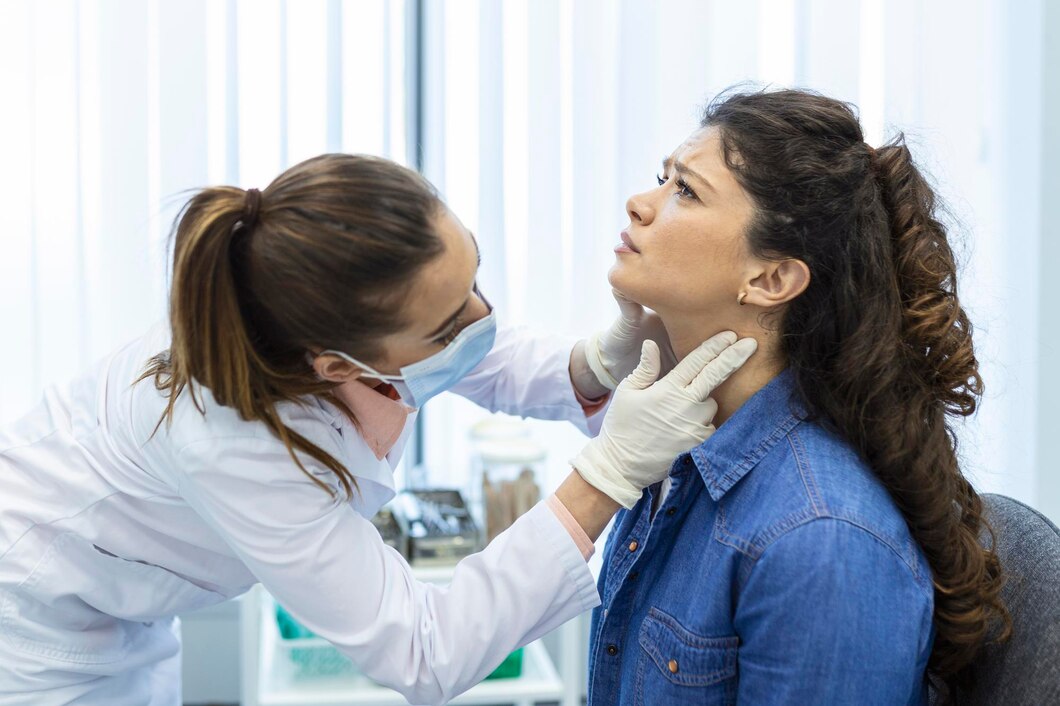Tonsillitis, a common condition characterized by inflammation of the tonsils, can be incredibly uncomfortable and disruptive to daily life. Antibiotics have historically been the first line of treatment when treating tonsillitis.
However, a growing number of people are looking for alternate ways to manage this illness due to worries about side effects and antibiotic resistance.
This blog will address vital topics, including the cost of tonsil removal surgery in the UK and the recuperation period for adults after tonsillectomy. It will also look into the options available for treating tonsillitis.
An Overview of Tonsillitis Condition
Most often, bacterial or viral illnesses result in tonsillitis. Frequent signs and symptoms include fever, swollen glands, sore throat, trouble swallowing, and occasionally yellow or white spots on the tonsils.
Antibiotic treatment is often necessary for bacterial tonsillitis to avoid complications like strep throat or a peritonsillar abscess. However, viral tonsillitis typically goes away independently with rest and supportive care.
How To Cure Tonsillitis Without Antibiotics

1. Home Remedies
Using home treatments like drinking warm liquids like herbal teas or broths, gargling with salt water, and using throat lozenges or sprays to relieve irritation are common ways to get relief from tonsillitis symptoms. Also, ensuring adequate hydration and relaxation can bolster the body’s inbuilt defense mechanism against the infection.
2. Herbal Remedies
Herbal treatments with anti-inflammatory and immune-boosting qualities, like slippery elm, licorice root, and echinacea, may help reduce the symptoms of tonsillitis. But before using herbal supplements, you should always speak with a doctor, particularly if you have underlying medical issues or are on other prescriptions.
3. Pain Management
Acetaminophen or ibuprofen, two over-the-counter pain medications, can help lower tonsillitis-related fever and pain. Aspirin should not be given to youngsters due to the risk of Reye’s syndrome; instead, it is crucial to abide by the prescribed dosage requirements.
4. Warm Compresses
Applying a warm compress to the neck can help ease throat discomfort and reduce swelling of the tonsils.
5. Humidifiers
Using a humidifier in the bedroom can add moisture to the air, which may help soothe a sore throat and alleviate dryness.
6. Probiotics
Probiotics are good bacteria that are included in yogurt and other fermented foods. Some studies show they can strengthen the immune system and lessen the intensity and length of tonsillitis symptoms.
7. Avoiding Irritants
It’s essential to avoid irritants such as cigarette smoke, pollution, and dry air, as these can exacerbate symptoms and prolong recovery.
Even though these treatments can help with tonsillitis symptoms, it’s essential to keep a careful eye on your illness and consult a doctor if symptoms intensify or last longer than a few days.
Tonsil Removal Surgery Cost UK
A tonsillectomy is frequently advised when the tonsillitis is severe or recurring and does not improve with other therapies. A tonsillectomy is a surgical treatment usually carried out under general anesthesia to remove the tonsils. The price of tonsil removal surgery varies in the UK based on several variables, including the particular hospital or clinic, the surgeon’s fees, and other medical costs.
The National Health Service (NHS) reports that about 40,000 tonsillectomies are carried out in England annually. The frequency and intensity of tonsillitis episodes, the procedure’s possible dangers and advantages, and the effect on one’s quality of life are often considered while removing one’s tonsils surgically.
Before having tonsil removal surgery, reviewing the possible expenses and financing options with your insurance company and healthcare practitioner is crucial to ensure you know what to expect financially.
Tonsillectomy Recovery in Adults
The length of recovery following a tonsillectomy can vary based on a patient’s age, general health, and surgical complexity. Adults may require a more extended recovery following a tonsillectomy, although children typically recover more rapidly.
It’s normal to have ear pain, swallowing difficulties, and throat pain during the early stages of rehabilitation. To help with discomfort relief and healing, your healthcare practitioner might advise a soft diet and give painkillers. It’s critical to carefully adhere to post-operative care guidelines, including drinking enough water, avoiding physically demanding activities, and obtaining lots of rest.
After a tonsillectomy, most adults can return to regular activities in two weeks, though complete recovery may take several weeks. Attending all your follow-up sessions with your healthcare practitioner is essential to tracking your recovery and addressing any issues.
Conclusion
Although tonsillitis has historically been treated primarily with antibiotics, other non-antibiotic methods exist for treating this ailment. Herbal therapies, home cures, and supportive care techniques can all aid in symptom relief and healing.
In cases where tonsillitis is recurrent or severe, a tonsillectomy may be necessary. Comprehending the possible expenses and recuperation duration linked to tonsil excision surgery is crucial to making well-informed choices regarding available treatments.
People can efficiently cure tonsillitis and reduce the risk of complications by looking into non-antibiotic treatments and, where necessary, contemplating surgical options. Always see a healthcare expert for individualized advice and treatment recommendations based on your unique needs and circumstances.
Read Also:






















